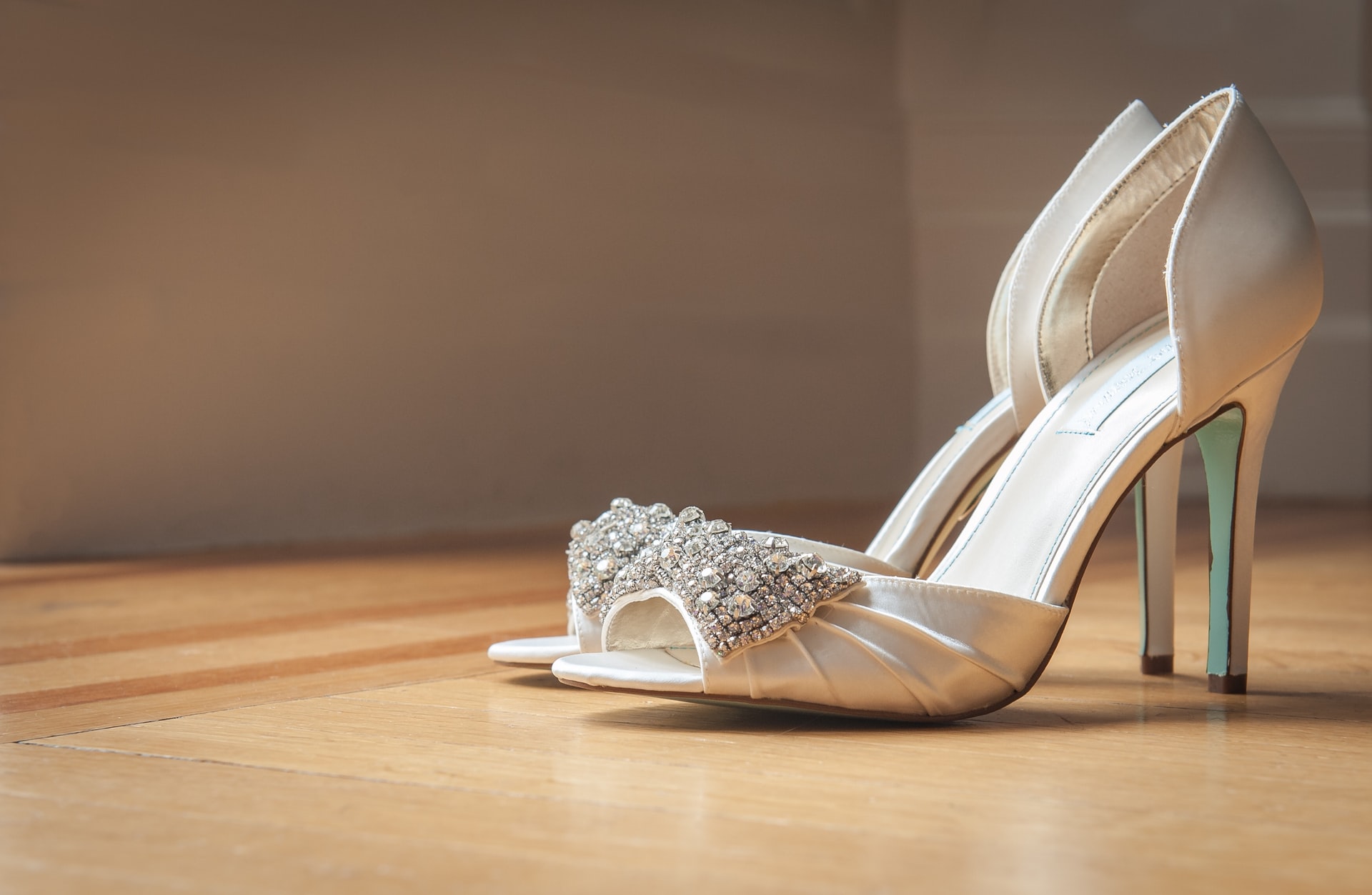Congratulations on your decision to learn to walk in high heels!
Whether it is for a special occasion, or for the rest of your life, learning to walk properly in heels is a skill that will bring you many benefits.
If you know how to handle your heels, you’ll feel more confident and more comfort, and reduce your chances of hurting yourself or ruining your high shoes!
Because millions of women wear heels every day, newbies to heels have a vast range of information they can draw on before taking their first steps.
Here are 3 things to know before you start learning to walk in heels.
1. Start with the right shoes
Although it might be tempting to learn to walk in the heels of your dreams, in many cases it is a good idea to start with a shoe that is a little bit easier and safer than the sky high stilettos that you may wish to ultimately glide around in.
Selecting the right shoes to walk in heels will build your confidence and better protect your delicate lower extremities while you’re, er, finding your feet.
2. Make sure your heels are the right size for you
Of course you’ll also want to know that your heels are the right size before you start stepping out.
We know that sounds crazy but chances are quite high that you may be buying the wrong shoe size and that problem is much, much worse in high heels than in flats.
While you may have a “regular” shoe size, please remember that shoe sizes differ between brands and what matters is whether the shoe fits properly not what is says on its bottom.
3. Have a training plan and stick to it
The final thing you’ll want to do before taking your first elevated steps is to develop a training program for walking in heels.
That’s right – learning to walk in heels requires actual training and dedicated practice.
Without a solid plan, you’re simply not going to go from the flat to walking on the clouds. Practice is key.
Your high heel training plan should also incorporate stretching routines (including yoga or pilates) to help your leg muscles accommodate stepping out in high shoes.
Building in rest days is also crucial to help your body recover and so you can get on with the rest of your life as well.
You don’t need to train like an Olympic athlete, but if you expect to go from never wearing heels to mastering them in one session then you’re in for a shock.
A proper plan, which increases your heel wearing time slowly and builds confidence over a number of days, will be the surest road to success – and the most comfortable as well.

